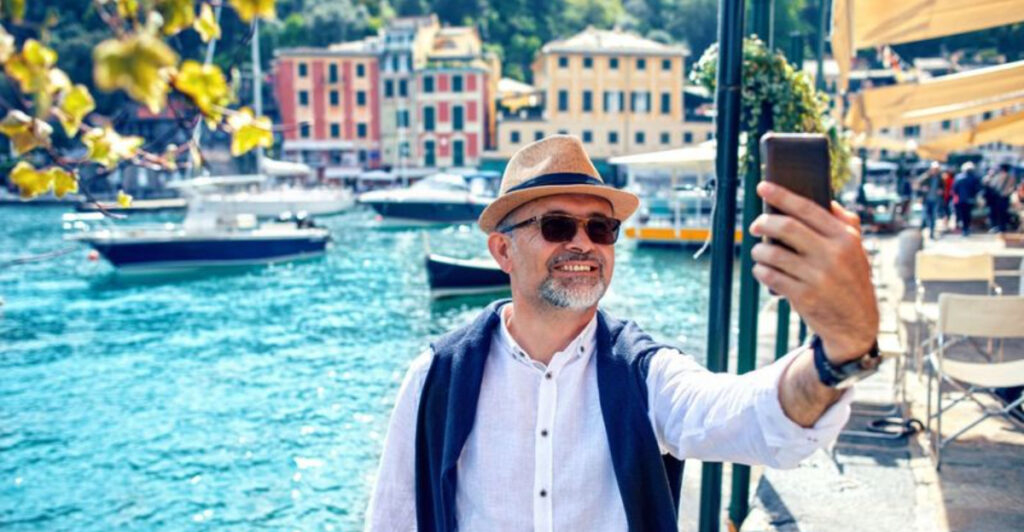In today’s world, photography is often seen as a harmless act of capturing memories. However, in some places, snapping a photo can lead to serious legal consequences. This blog post explores 17 locations around the globe where taking pictures could land you in hot water, from cultural sites to government buildings. Be aware of these restrictions to avoid fines or even arrest while traveling.
1. North Korea
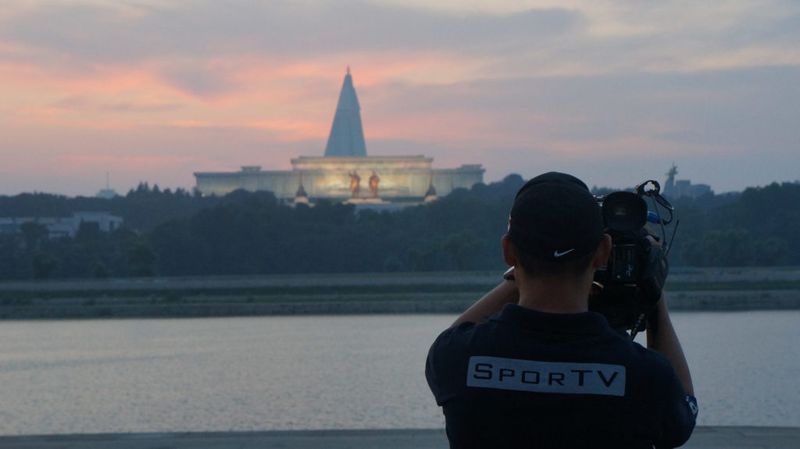
In North Korea, photography isn’t just discouraged—it’s tightly controlled. Tourists are often accompanied by guides who dictate where photos can be taken. Capturing images of military personnel or infrastructure can lead to interrogation or even arrest. The country’s government prioritizes its image, and unauthorized photography is seen as a threat to its carefully curated narrative. Despite the allure of its unique culture and landscapes, visitors must be cautious. Violations could result in severe consequences, making it one of the most restrictive places for photographers. Always follow guidelines and respect local laws to ensure a trouble-free visit. Remember, the lens can capture more than just an image here.
2. United Arab Emirates (UAE)
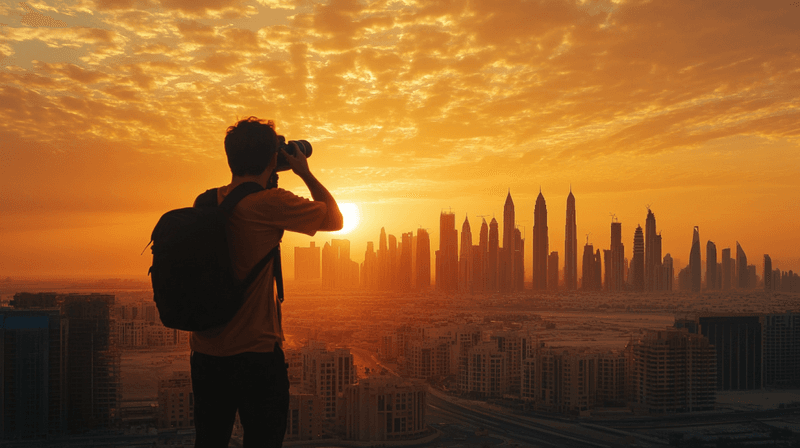
In the UAE, privacy is paramount, and photography can quickly become a legal issue. Snapping pictures of government buildings, local residents without consent, or police can lead to hefty fines or imprisonment. This stance reflects the country’s commitment to privacy and respect for individuals. Tourists should be aware that even seemingly innocent photos can be misinterpreted. The penalties are steep, with fines reaching AED 500,000. It’s crucial to ask for permission before photographing people and to adhere to local customs. Navigating the UAE requires mindfulness, as the cultural emphasis on discretion is taken very seriously.
3. France
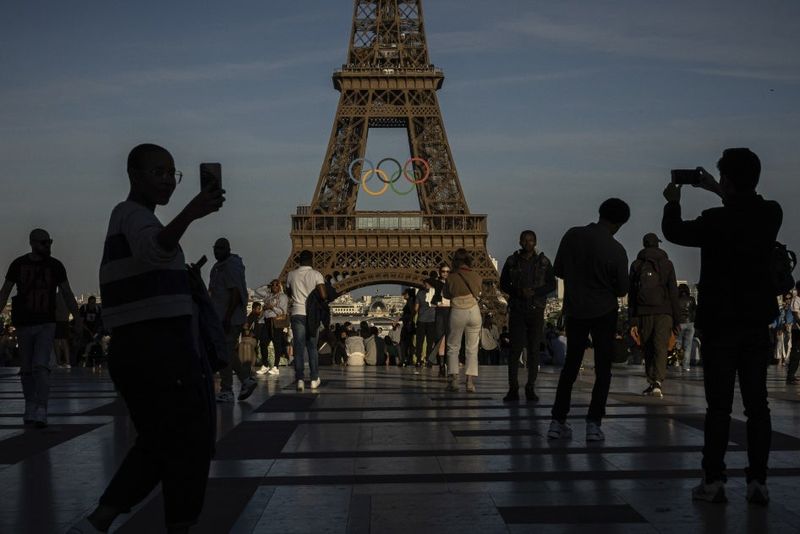
France, known for its vibrant culture and iconic landmarks, also enforces strict privacy laws. Photographing individuals without their consent—even in public spaces—can lead to legal action. This includes taking pictures of children, where the law is particularly stringent. The country values personal privacy, and violations can result in fines or legal proceedings. Upskirting is especially condemned, carrying penalties of up to one year in prison. Tourists should tread carefully, ensuring they respect these privacy rules. While capturing the beauty of France, always prioritize consent and be aware of the legal landscape that guards personal boundaries.
4. Japan

In Japan, the cultural emphasis on respect extends to photography. Taking pictures of people without consent, even in public areas, is frowned upon and can lead to fines or arrest. The country has stringent laws against secret filming and upskirting, with penalties reaching up to three years in prison. Tourists must approach photography with care, always seeking permission before capturing images of individuals. This cultural norm reflects the importance of mutual respect and privacy in Japanese society. While exploring Japan’s rich heritage and urban landscapes, photographers must navigate these rules to avoid legal issues and maintain harmony.
5. South Korea
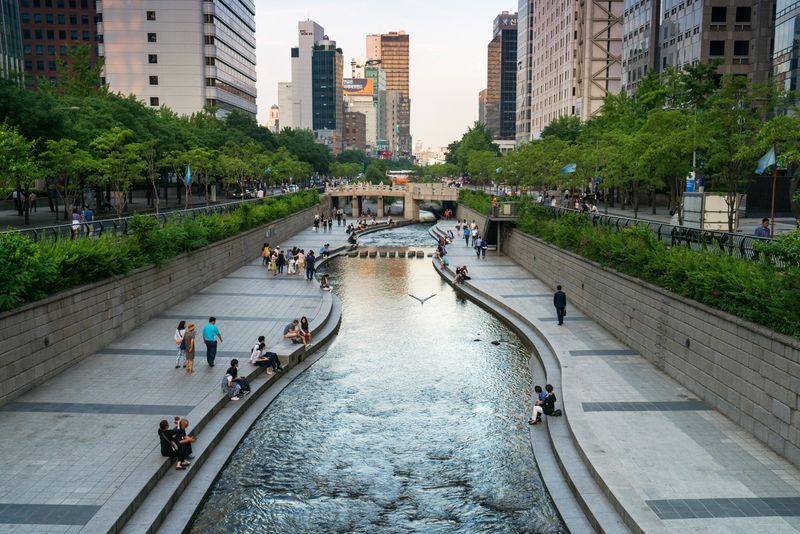
South Korea’s stance on unauthorized photography is particularly severe, categorizing it as a sexual offense when it involves individuals without consent. Known as ‘molka,’ this offense can lead to imprisonment or chemical castration. The laws are a response to privacy violations and reflect the country’s commitment to protecting personal dignity. Tourists should exercise extreme caution, ensuring they never photograph individuals without explicit permission. The consequences are harsh, underscoring the serious nature of such breaches. Visitors must respect these cultural norms to avoid severe penalties and to appreciate South Korea’s vibrant culture and scenic beauty responsibly.
6. Hungary
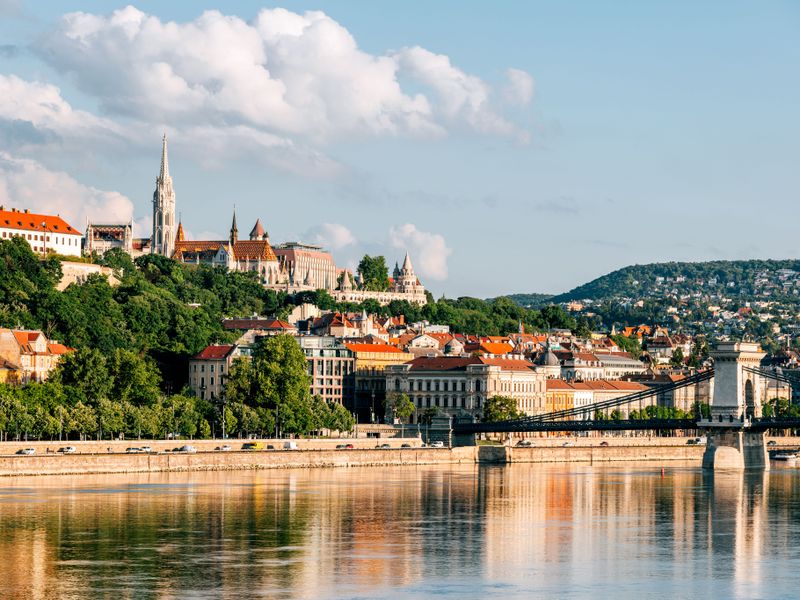
Hungary’s approach to public photography is unique, requiring consent from anyone captured in a photo—even in public spaces. This law, in place since 2014, reflects a strong stance on individual rights and privacy. Tourists must be vigilant, as taking a photo without consent is technically illegal. While this might seem restrictive, it underscores the country’s commitment to personal freedom and respect. Visitors should always ask for permission before photographing people, ensuring compliance with local regulations. This mindful approach not only respects Hungarian laws but also fosters a respectful interaction with its people and culture.
7. Macau

In Macau, the rules around photography are strict and clear: consent is necessary before capturing images of individuals in public. This extends to photographing police officers, as doing so without permission can lead to criminal penalties. These regulations emphasize respect and privacy, integral to Macau’s cultural values. Tourists should be keenly aware of these laws to avoid legal issues. The region’s picturesque settings can be alluring, but photographers must navigate these restrictions carefully. By adhering to consent laws, visitors can enjoy Macau’s unique blend of cultures and history while maintaining respect for its legal framework.
8. Sudan & South Sudan
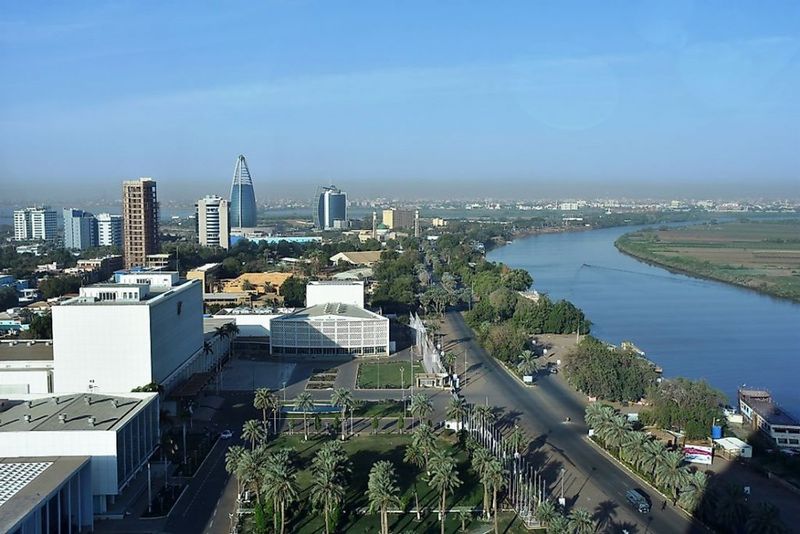
Travelers to Sudan and South Sudan must navigate a landscape where photography is tightly controlled. Permits are essential for tourists wishing to take photos, especially of infrastructure or government sites. Unauthorized photography can lead to confiscation of equipment or arrest, highlighting the countries’ concerns over security and image. These regulations serve to protect sensitive areas and maintain national security. Tourists should obtain the necessary permissions and remain mindful of their surroundings. By following these guidelines, visitors can explore the rich cultures and landscapes of Sudan and South Sudan while respecting their legal parameters.
9. India
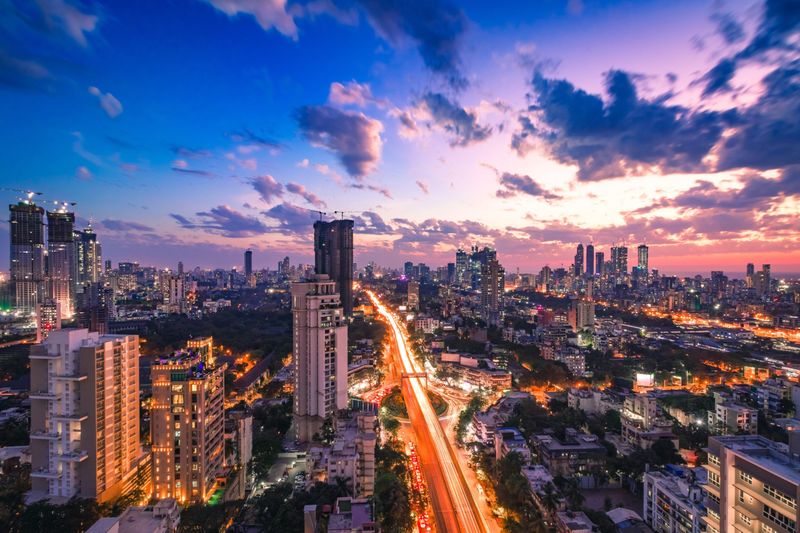
In India, photography near strategic locations like military sites, ports, and airports is strictly prohibited. These restrictions are in place to ensure national security and prevent espionage. Tourists should be cautious when capturing images, as violations can result in arrest or fines up to ₹200,000. Secretly filming private areas is also heavily penalized, carrying up to three years of imprisonment. Visitors must respect these regulations to avoid legal complications. India’s rich cultural tapestry offers plenty of opportunities for photography, but awareness of these restrictions is crucial. By adhering to local laws, tourists can enjoy their travels without encountering legal hurdles.
10. Italy (Vatican)
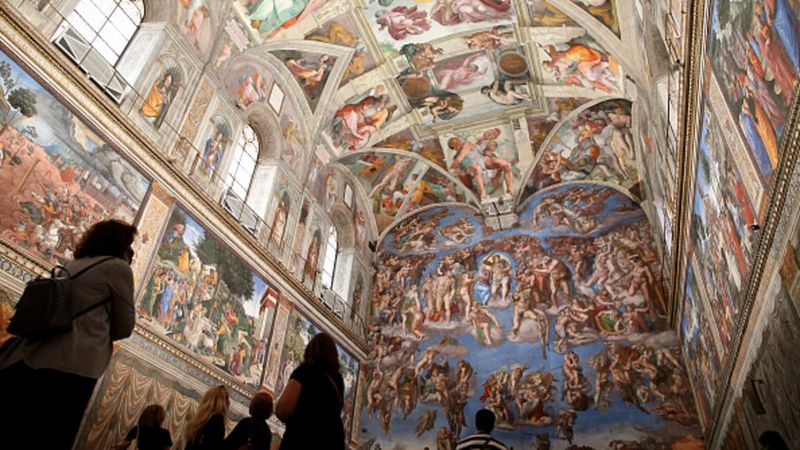
The Vatican, particularly the Sistine Chapel, is a place of profound reverence where photography is strictly forbidden. This ban is in place to protect delicate artworks and maintain the sanctity of the space. Tourists must respect this rule, as violations can lead to immediate removal or arrest. The Vatican’s restrictions reflect its commitment to preserving its rich cultural heritage and ensuring a respectful atmosphere for all visitors. While the allure of capturing these stunning visuals is strong, compliance with the rules is essential. Visitors should focus on experiencing the site’s beauty without the lens, appreciating its history and artistry firsthand.
11. Italy (Portofino)
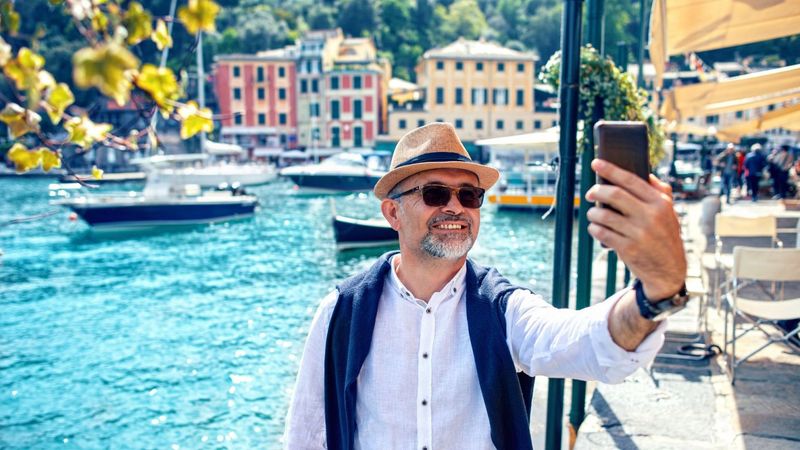
Portofino, renowned for its stunning coastal beauty, has implemented ‘red zones’ where tourists are fined for stopping to take selfies. This unique rule aims to manage overcrowding and maintain smooth pedestrian flow. The fines, around €275, serve as a deterrent for those unaware of the restrictions. Visitors should be mindful of designated areas and adhere to local regulations. This approach reflects Portofino’s effort to balance tourism with the quality of life for residents. While the temptation to capture breathtaking views is high, understanding and respecting these rules ensures a harmonious visit to this charming Italian village.
12. Government / Military Sites Worldwide
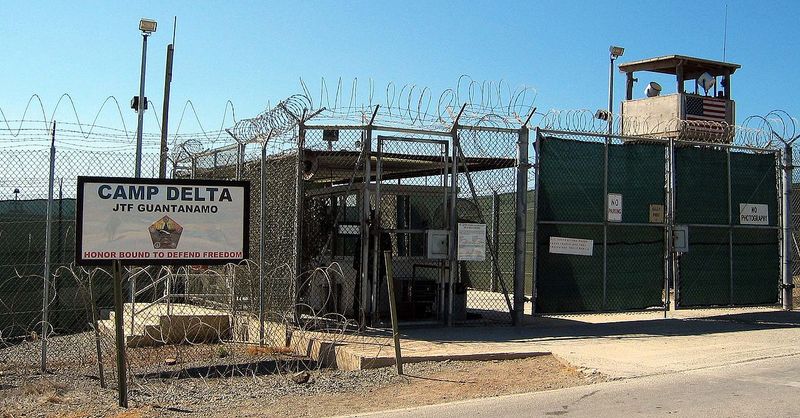
Around the world, government and military sites often have strict photography restrictions to safeguard national security. Unauthorized photography of strategic facilities, border zones, or defense infrastructure can lead to arrest or equipment confiscation. These measures are a universal reflection of the importance placed on security and privacy. Tourists should be acutely aware of these restrictions when traveling and ensure compliance with local laws. While these sites might be tempting subjects for photography, respecting these boundaries is crucial. By understanding and following these rules, travelers can navigate their journeys without encountering legal issues related to unauthorized photography.
13. United Kingdom – Sensitive Areas
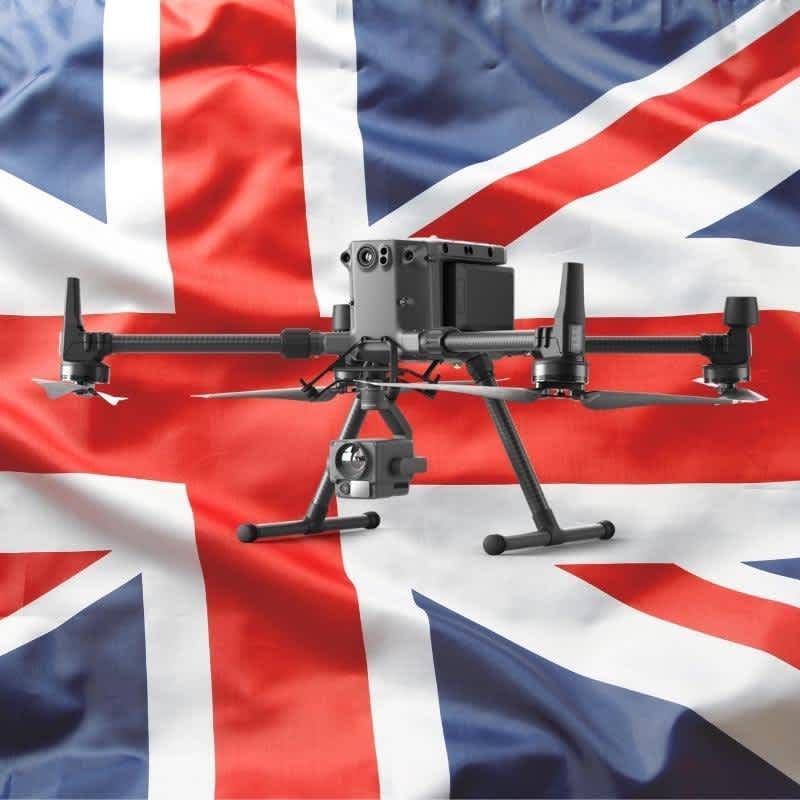
In the UK, public photography is generally legal, but misuse of anti-terror laws has led to photographers being detained, especially around sensitive areas. The Terrorism Act, intended to safeguard the nation, sometimes results in confusion and overreach. Tourists should be aware that photographing police or security personnel can be misinterpreted as suspicious activity. This reflects the delicate balance between security and freedom. Visitors should remain vigilant and informed about local regulations. By understanding the nuances of these laws, photographers can avoid unnecessary detentions and enjoy capturing the vibrant essence of the UK without legal hurdles.
14. United Kingdom – Commercial Zones
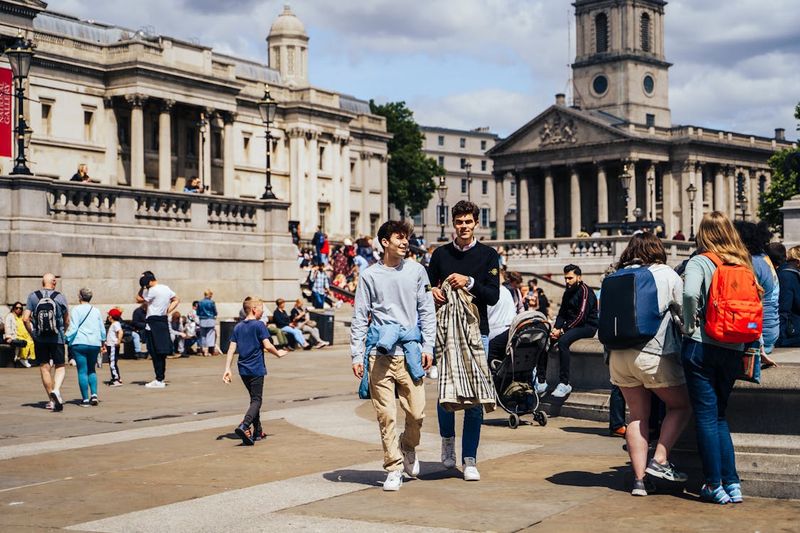
In the UK, iconic sites like Trafalgar Square require special permission for commercial photography. These rules aim to manage the commercial use of public spaces and ensure fair use. Tourists and professionals alike must obtain the necessary permits to avoid enforcement action. This policy reflects the country’s efforts to balance commercial interests with public access. While these sites are popular subjects for photography, compliance with local regulations is essential. Understanding the distinction between personal and commercial use can help photographers navigate the legal landscape. By securing the proper permissions, visitors can capture these iconic locations responsibly.
15. Hong Kong
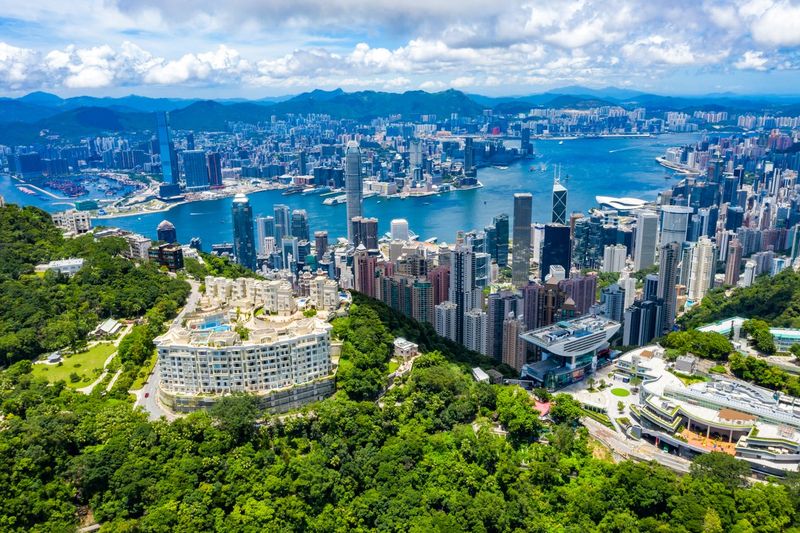
In Hong Kong, photography inside government buildings, courts, and some museums is tightly regulated. Visitors must obtain permission before capturing images in these areas, reflecting the city’s emphasis on privacy and security. Violations can lead to penalties, underscoring the seriousness of these restrictions. Tourists should familiarize themselves with these rules to avoid legal issues. Understanding the importance of consent and regulation in these spaces allows for a respectful and lawful visit. By adhering to these guidelines, photographers can enjoy exploring Hong Kong’s dynamic cityscape while respecting its legal boundaries and cultural norms.
16. Louvre Museum (Paris)
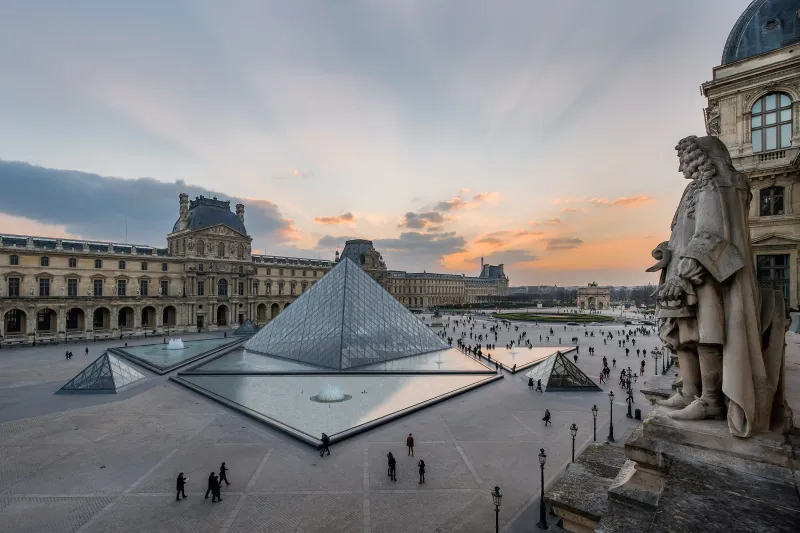
The Louvre, home to the famous Mona Lisa, enforces strict no-photography rules in certain areas. Particularly in the Salle des États, photography is prohibited to protect the artworks and ensure a respectful environment. Visitors must comply with these regulations, as violations can lead to fines or removal from the premises. This policy highlights the museum’s dedication to preserving its invaluable collections for future generations. While the temptation to capture these masterpieces is strong, experiencing them without a camera allows for a deeper appreciation. Respecting these rules ensures a harmonious visit to one of the world’s most renowned museums.
17. Sacred/Religious Sites & Palaces Worldwide
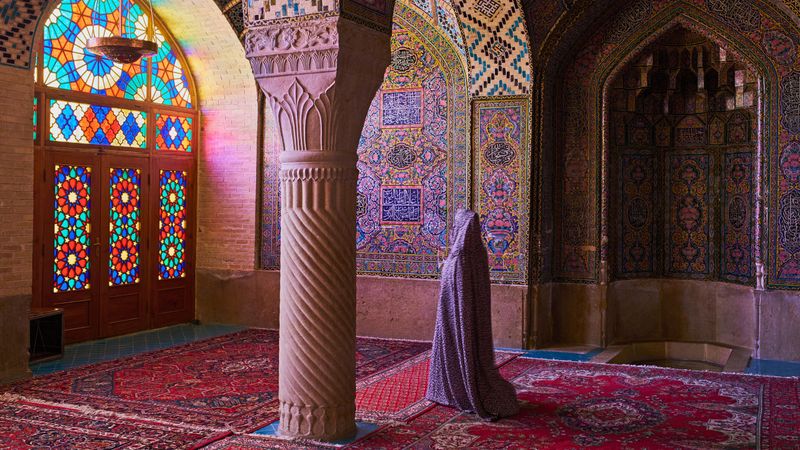
Globally, many sacred or historical sites impose strict photography bans to preserve their sanctity and cultural significance. Locations like the Shwedagon Pagoda and Mahabodhi Temple enforce these rules to maintain reverence. Visitors must respect these guidelines to avoid fines or removal. These restrictions reflect a universal respect for cultural heritage and religious practices. Tourists should be particularly mindful of these rules, as violations can disrupt the site’s atmosphere. Understanding the importance of these bans allows visitors to appreciate the spiritual and historical depth of these places, ensuring their preservation for future generations.

